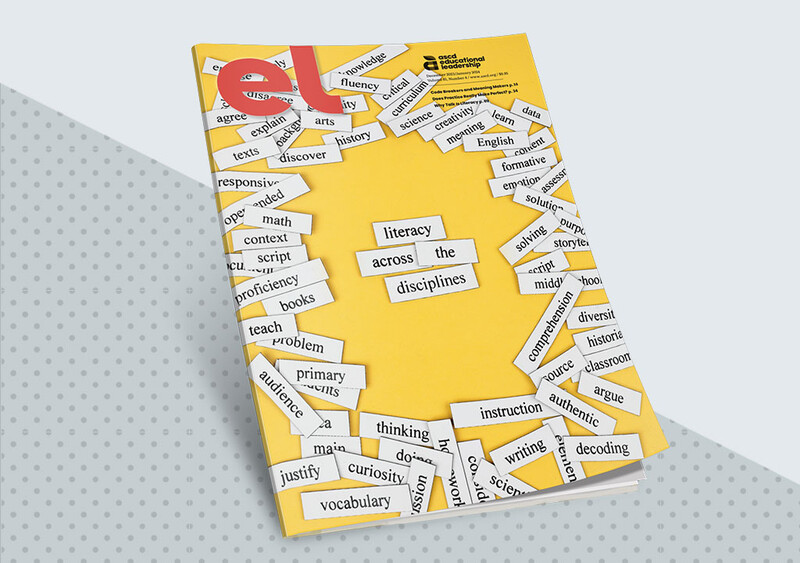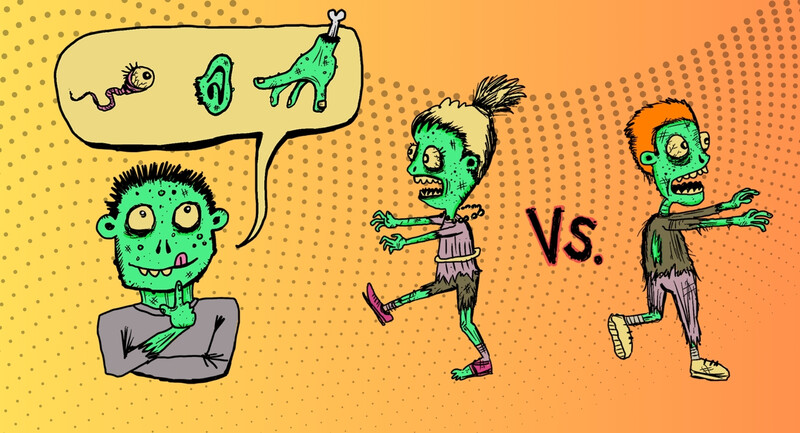In my multi-age 2nd, 3rd, and 4th grade classroom three years ago, we needed an infusion of something new.
On a regular basis, I observed students picking up a book, skimming through the pages, and quickly running to the classroom library for a new one. Were they really reading or engaging deeply with the text? No. I needed to find a way for them to slow down and savor the story, rather than let the words wash over them. Literature professor Louise Rosenblatt penned one of my favorite quotes: “Text is merely ink on paper until a reader breathes life into them.”
How could I get my students to bring those words to life?
One day as I was reading aloud to my class, I opened the book and glanced at the book plate on the inside cover, lovingly written by a former student. “Oh my! The book we are sharing today came from Iris!” I told them excitedly.
I’d felt this moment of joy many times when I opened a donated book, but this time it sparked an idea. What if kids felt that way when they opened a book? What if they became curious about who might’ve read it before? Curious about what those previous readers felt? I glanced at the stack of sticky notes on my desk, and an idea started to formulate.
Making Learning Sticky
I began by modeling my reader thoughts during whole-class lessons. I gathered my pen, sticky notes, and book. “Friends, we are going to read Eve Bunting’s Fly Away Home as part of our author study today. I’ve always wanted to talk to Eve about her books, but she’s not here! So, I am going to use these tools to show you how I can share my thoughts, questions, and feelings with her about her writing. Because I am writing them down, you’ll be able to read my thoughts later, too!”
I began reading aloud, pausing after the first few pages. “Andrew says, ‘Not to be noticed is to look like nobody at all,’” I said with a quizzical tone. “Hmmm…I have a mixture of wondering what that means and a bit of sadness reading that. I am going to write that here.” I placed the sticky note under the document camera and wrote, “I’m wondering why he said that, and I feel sad he doesn’t feel seen. –Mrs. F”. I told them I put my name because I wanted to own those words, brought to life in my head. It was my powerful thought.
I held the book open and stuck my note right on the page. Eyes watched my every move—they had been used to my think alouds, but this was a new level. I continued reading, stopping at points to jot down more of my authentic reactions. “I’m so glad he has a friend! –Mrs. F” landed on a page to highlight character interactions. Later, “I see the bird escaped—that is a SYMBOL of how he wants to get out of the airport too! –Mrs. F”.
After the reading, I placed the book in the basket with our other thematic read alouds. I watched the kids throughout the day and noticed them gravitate to Fly Away Home more than any other book. Something had piqued their curiosity.
I needed to find a way for students to slow down and savor the story.
Over the next few days, I continued that same process, writing one or two thoughts from my read aloud on sticky notes and placing them inside. Each time, I expanded my repertoire of noticings. I purposely would notice a character’s traits when we were learning character analysis, or comment on a specific quote while studying dialogue. My thoughts became teachable moments—a powerful strategy to immerse students and bring curriculum to life.
The real strength of the routine came after I put the books down. As they “discovered” the notes, my students would pause to think about what I wrote and then re-read the text on that page. They would squeal in delight. “I remember this!” Then they would begin talking—not about my note, but about the book.
After a week, one of my students, Wardell, approached me with a book in hand. “Can I leave mail in my book for other readers, too?”
Voila. We had a name: Reader Mail.
You’ve Got Mail
The class was excited about the idea of Reader Mail, but first, we had to establish classroom agreements about the process. Our notes must be kind, genuine, and book-focused, and students had to sign their names. I was able to discuss integrity, kindness, and school-appropriate behavior in this authentic context. Students created an anchor chart with sentence stems and guidelines—readers held each other accountable rather than me having to constantly monitor.
Once the structure was understood, and we practiced several times together, students began to leave their thoughts, questions, and ideas for a future reader independently. I allowed them to use a basket of books first, and then expanded that to different sections of our classroom library. Each time, we would pause to talk about the process and what they were discovering. Reader Mail transformed simple sticky notes with a few words into a trail left like breadcrumbs for other readers to find.
Reader Mail drew reluctant readers to books, hesitant writers to pen. As their competency in writing and reading grew, so did their passion for this routine. Our classroom library was filled with hidden little gems to be discovered and enjoyed. Students connected—across classes, genres, and ideas. In the same breath, they connected with authors, themes, and writing styles.
Reader Mail drew reluctant readers to books, hesitant writers to pen.
Reader Mail continues from year to year, and with it, the legacy of each reader. “Oh, you’re Jeremiah! I read your mail in My Kind of Courage!” a current student exclaimed. I beamed, knowing that reading and writing is what builds celebrity status in my class. When a well-loved treasure gets too “full,” we transfer the sticky notes to a memory book as a way to value these treasured steps in readers’ journeys.
I, too, found value beyond the obvious academic benefit for my students as readers and writers. As I read their Reader Mail, their words were windows to their thinking and opportunities for me to hear their voices in ways I’d never heard before. It changed my understanding of who they were and who they were becoming. Their thoughts and wonderings sewed an invisible thread between teacher and student, reader to reader.
Simple and transformative. One page at a time.
Boosting Literacy in Every Discipline
For more strategies to improve students' reading and writing in all content areas, read EL magazine's "Literacy Across the Disciplines."









